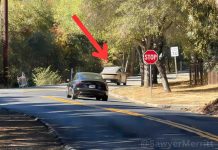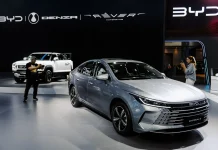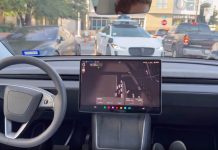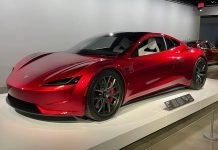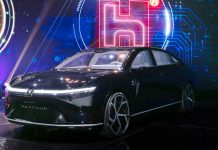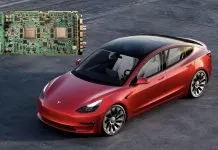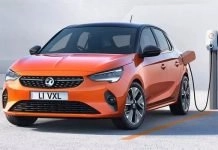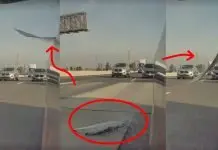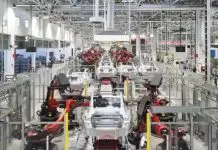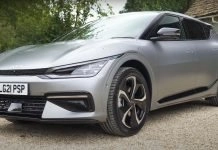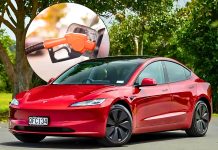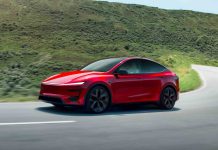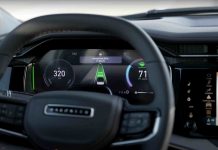The latest and most ambitious and telling test effort carried out on an Advanced Driver Assist System (ADAS) was performed by a Chinese media outlet, Dongchedi. By employing a closed public highway, the team tested 36 vehicles under six complex and dangerous scenarios. The objective: to emulate the situations people will face in practice and quantify the responsiveness of the modern ADAS systems when it counts.
These findings were an eye-opener: 216 crashes occurred throughout the vehicle tests. Most systems failed to meet reasonable or less serious conditions, demonstrating that even after years of development and ambitious advertising, ADAS remains inefficient in critical and high-stakes situations.
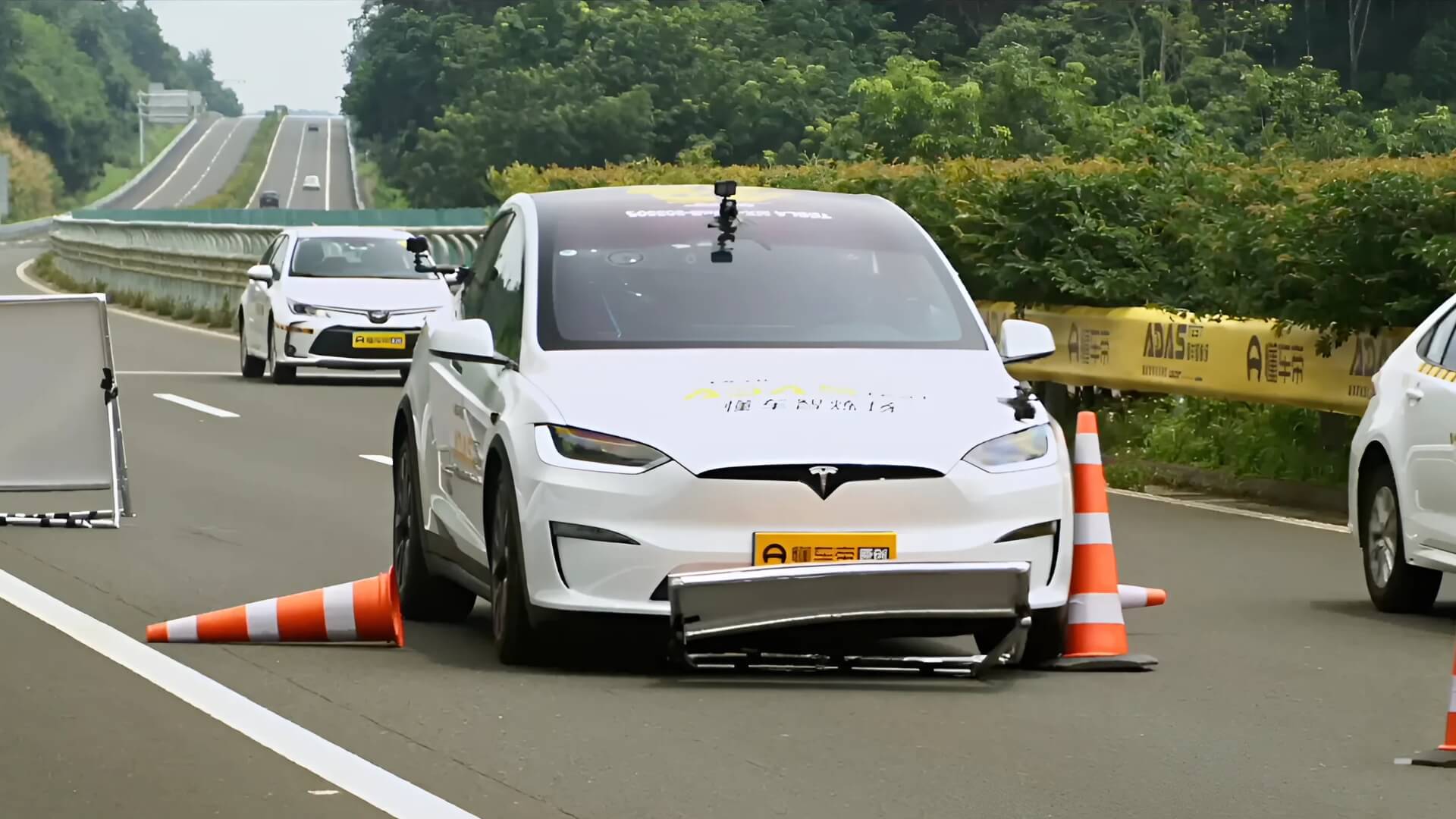
The Six Test Scenarios
The test simulated six highly realistic highway scenarios on the vehicles:
- Hidden Hurdle: A lead car swerves into a different lane unexpectedly, and the resultant view features a vehicle that is stopped.
- Temporary Construction Merge: A construction merge is enforced by a late notice construction area.
- Nighttime myopic: A truck cuts into the lane at night.
- Broken Vehicle on Street: A car in two lanes that is sighted in the dark.
- Ramming: The car changes lanes and rams the car in front of it.
- Wild Wild Animal Crossing: A boar runs across the road.
They are reflections of the real threat in driving that many people have faced and that are at the boundaries of ADAS.
Tesla Lays-but With No Shortcomings
The winner was Tesla Model X and Model 3, as they surpassed five out of six tests. The model X did not react to a marked construction area, whereas the model 3 did not react to the boar, which the model X avoided.
The systems of Tesla did better than numerous competitors involving LiDAR or radar EVs, even though they are defined by a vision-only strategy. This could be because Tesla started working in ADAS at an early stage and had collected a lot of data, considering that millions of vehicles hit the roads.
Swerving and Crashing and Never-Determinedness
One of the issues was the cars trying to swerve and then braking even in situations where it was not safe to swerve. What is more, some vehicles even went into the adjacent lanes and, as a result, might collide with the cars nearing them. It was a form of indecisiveness that reflected human fallibility, which is ironic, as ADAS systems should be the ones to respond quickly and with more certainty compared to humans. Tesla FSD managed to save a person caused by a Human driver. This just proves Tesla continues to improve their FSD software.
What is more, even cars of one brand did not show the same behavior. As an example, Aito M9, the more optimized version of the company, lost some tests where M7, the lower-tier of the brand, was successful.
The Black Box Problem of Machine Learning
Professor Lu Guang Quan of Beijing University of Aeronautics and Astronautics pointed out one of the main problems that nearly a quarter of ADAS systems are powered by the machine learning feature, where they do not know why they drive the way they do. These black-box models are not safe when applied to rare, untrained situations, also termed as long tail events, as they are incapable of explaining and rectifying the particular decisions.
Lu proposed that rules-based systems could be considered as more transparent and had a higher ability to correct errors, so that engineers could respond more purposefully to them.
Conclusion
The final quote by Dongchedi was more of a warning to people: I know we cannot make full hands-free or full feet-free driving depending on ADAS systems with current capabilities. Automakers are using aggressive advertising to sell such systems, but they are not meant to replace human drivers.
ADAS allows drivers to feel less tired and get safer when used in perfect circumstances, but they are still purely an aid, rather than a self-driving system. Drivers should be attentive, active, and able to take over while driving.
In brief: do not become relaxed. ADAS can assist, and it can also break down.

